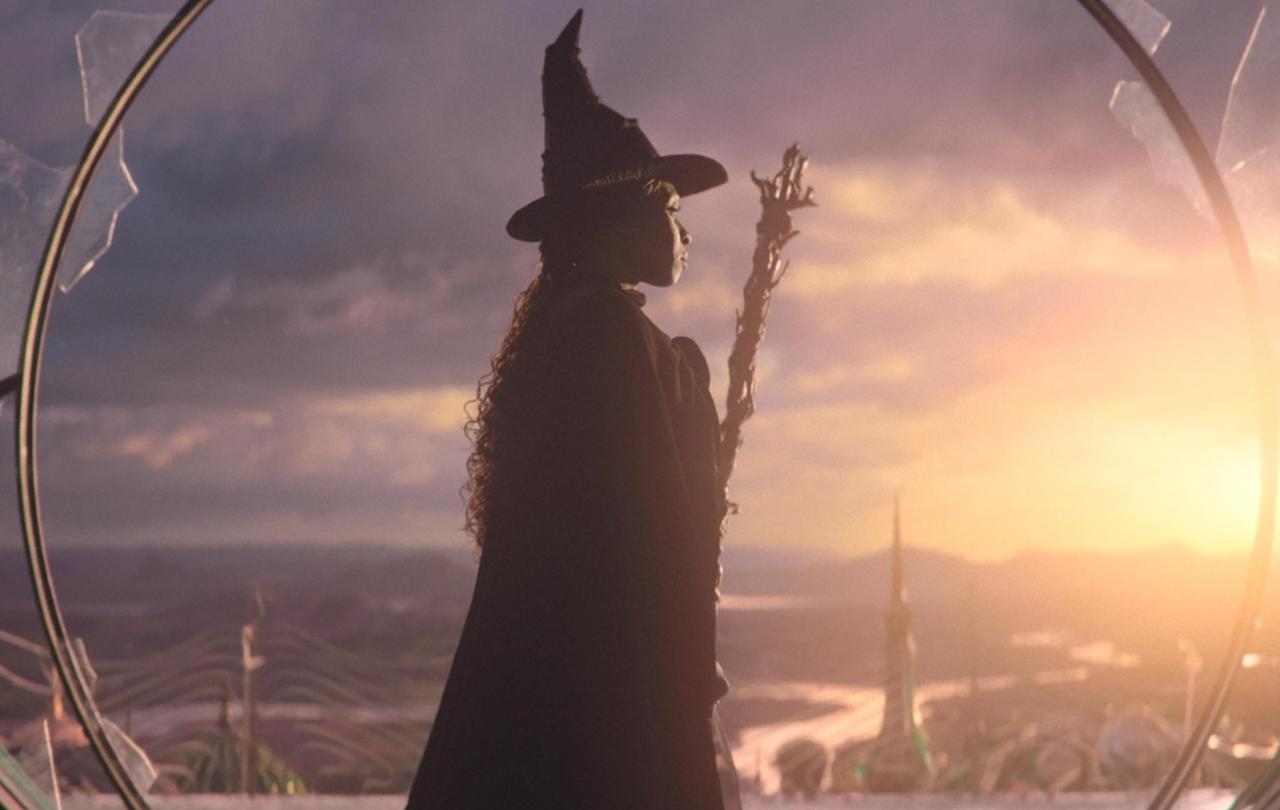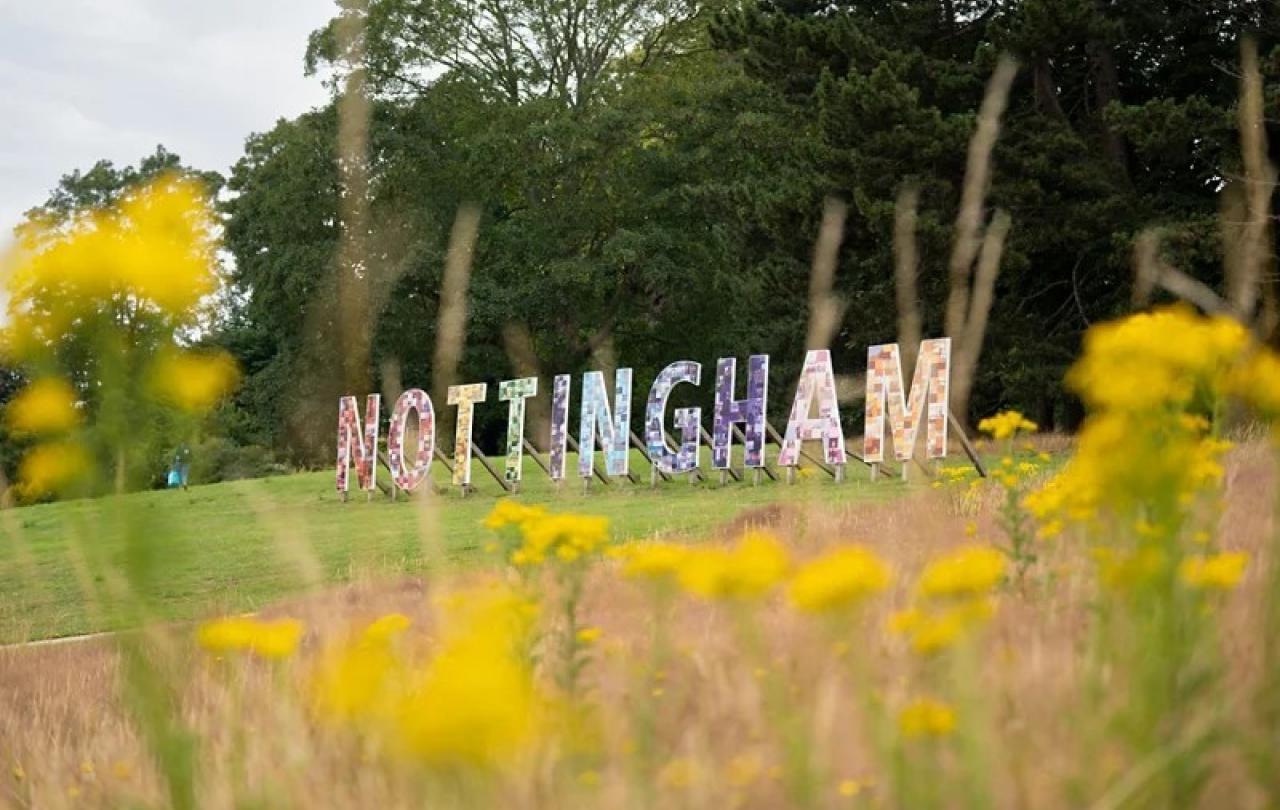
I was slowly making my way out of the cinema; squinting at the harsh light, stretching out the aches caused by sitting in one chair for too long, and eavesdropping on a conversation happening just in front of me. It was between two young women and it went like this:
Woman 1 – I think that witches are to women what the Roman Empire is to men – I think about them at least once a day.
Woman 2 – Oh, me too. Me too. I think every woman does.
Woman 1 – yeah, I reckon it’s innate. An inherent part of being a woman is relating to witches.
Woman 2 – and an inherent part of being a man is being scared of them.
The conversation went on, but at this point I was in danger of following these strangers to their car - the eavesdropping was getting weird, I had to call it a day. But the snippet of their conversation that I did hear was enough to get my mind whirring, enough to spend the following days wondering if they were right.
And I must say, I’ve become more than a little sympathetic to their hypothesis.
As I write this, Wicked, the cinematised tale of two Oz-born witches, has broken a dozen box office records. It is the highest grossing movie adaptation of a stage musical in history, having amassed over $700 million at the box office. It has been nominated for 63 awards, including 10 Tony Awards, 10 Academy Awards and a Grammy.
Witches have also dominated the literature charts over the past couple of years, with terms such as ‘Romantasy’ and ‘Hex Appeal’ becoming legitimate book categories. On social media, witch-related content has become a phenomenon; the hashtag ‘WitchTok’ not only exists but has been viewed tens of billions of times. In 2024, British actress, Suranne Jones (Dr Foster, Gentleman Jack) released a documentary that investigated the infamous European witch trials. In the same year, Elizabeth Sankey made a documentary about how learning from/about witches helped her recover from severe postpartum mental illness.
So, you see, the cinema-goers have a point. A deeply convincing one. There’s an undeniable gravitas to the existence of witches – be it in the past or the present, in medieval Europe or in the imagined City of Oz. Whether we shroud them in stereotype (black cats, pointy hats, broomsticks) or strip them of it. We are, in fact, quite captivated by the very concept of witches. I suppose, as usual, I’ve found myself caught up in wondering why this may be.
Firstly, I agree with what the women in the cinema were getting at – it has an awful lot to do with the female identity. Whether it be factually correct or not, when we think of the mass persecution of witches, we tend to tie it into a larger narrative of historic persecution of women. Particularly outliers - women who could not, or would not, fit neatly into the box of societal expectation. This tendency of ours isn’t without cause, The Hammer of Witches, a popular 1487 publication that gave instruction for seeking out witches, explicitly taught that women were more likely to be working with dark magic. And so, the reclaiming of the term ‘witch’ – in all of its nuances – has often been a feminist act. A means by which so-called ‘feminine’ attributes have been rehabilitated in public discourse and celebrated in popular culture.
For example, the reason that The Hammer of Witches declares women to be more prone to witchcraft is that they are emotionally weaker than men. Which leads me to recollect that when the American Presidential election was raging on, I scrolled past a thirty-second clip of a man telling an interviewer that he wasn’t going to vote for the then-Republican candidate, Nikki Haley, because women are too emotional to be President. The validity of this idea has been repeatedly debunked but the line of thinking has persisted: women’s (purportedly) larger emotional capacity is a bad thing, a distinct weakness, a doorway to chaos. So, is it any wonder that Wicked - a story in which the protagonist’s emotional sensitivity is the precise key to her wonderous abilities – has had such a profound impact?
Our re-energised obsession with witches points toward our desire for an enchanted world.
I also have an inkling that it has something to do with the mystery attached to female physiology. We, as women, are told repeatedly (both explicitly and subliminally) that there is something inherently unknowable about our bodies, something elusive about them. When it comes to our own anatomy, we’re told to simply accept an element of mystery. Again, this is a reason that women have so often been linked with witchcraft - both positively and negatively. The female body confounds us. It sounds kind of lovely, doesn’t it? The idea that our bodies can elude us. But, in reality, this ‘mystery’ is not at all romantic. It’s the reason that there is still no cure for female specific medical conditions such as endometriosis, polycystic ovary syndrome or premenstrual dysphoric disorder.
And so I wonder, is it less painful to lean into the time-old witchy notion that our ‘mysterious’ bodies were designed to confound medicine than it is to accept the unjust fact that women’s bodies are drastically under-researched? This is certainly a theme woven through Elizabeth Sankey’s afore mentioned documentary about post-partum mental illness.
So, to sum up, I’m agreeing with my cinema-pals. It’s a feminine thing. Or, perhaps it’s more accurate to say that I’m partly agreeing with them, because I’m of the firm opinion that it’s also a spiritual thing.
I can’t speak for ages gone by, but I think I can speak for this one – our re-energised obsession with witches points toward our desire for an enchanted world. It’s a symptom of what cultural commentators are calling the ‘re-Pagan-isation’ of our society. The fact that we’re so post-Christian, we’re actually becoming pre-Christian. We long for a world that is alive, a reality that has seen and unseen realms. It’s deep and tenacious craving that sense, materialism, and rationalism simply can’t satisfy. To quote the ever-brilliant Dan Kim,
‘What has ‘sensible’ society given us? For many, it’s been the managed and catastrophic decline into societal disillusionment, a generation of broken promises, and the feeling of being feudal serfs under the dominion of national banks and billionaires while we medicate ourselves to death with algorithmically driven AI slop in the spiritual vacuum of a fragmented and polarised society… And so is it any wonder that people are looking beyond the sensible towards the magical, the mystical, and the Esoteric?’
I think Dan’s dead right. He’s referring to the spiritual practice manifestation here, but I think his diagnosis also sheds light on the way that witchcraft is captivating our imagination once again.
I wonder if women are, and have always been, hungry for affirmation that their femininity (whatever that means to them) is part of them being fearfully wonderfully them – and therefore, something to be celebrated. To feel seen, understood and cherished. But I also wonder if they long for a reality in which they can have embodied spiritual experiences, a reality in which they don’t have to shirk their feminine identity in order to connect with the divine. Where their spiritual cravings are neither dismissed nor demonised and they are liberated to show up as their full selves – bursting with a stubborn inkling that all that they see is not all that there is.
To sum up, here’s my hunch: those total strangers in the cinema were quite right – witches do capture the imagination of women in a particularly interesting way. And, the more I’ve pondered that, the more I’ve become convinced that the reason why witches are the in-thing once again is anything but trivial.
Celebrate our Second Birthday!
Since March 2023, our readers have enjoyed over 1,000 articles. All for free. This is made possible through the generosity of our amazing community of supporters.
If you’re enjoying Seen & Unseen, would you consider making a gift towards our work?
Do so by joining Behind The Seen. Alongside other benefits, you’ll receive an extra fortnightly email from me sharing my reading and reflections on the ideas that are shaping our times.
Graham Tomlin
Editor-in-Chief





